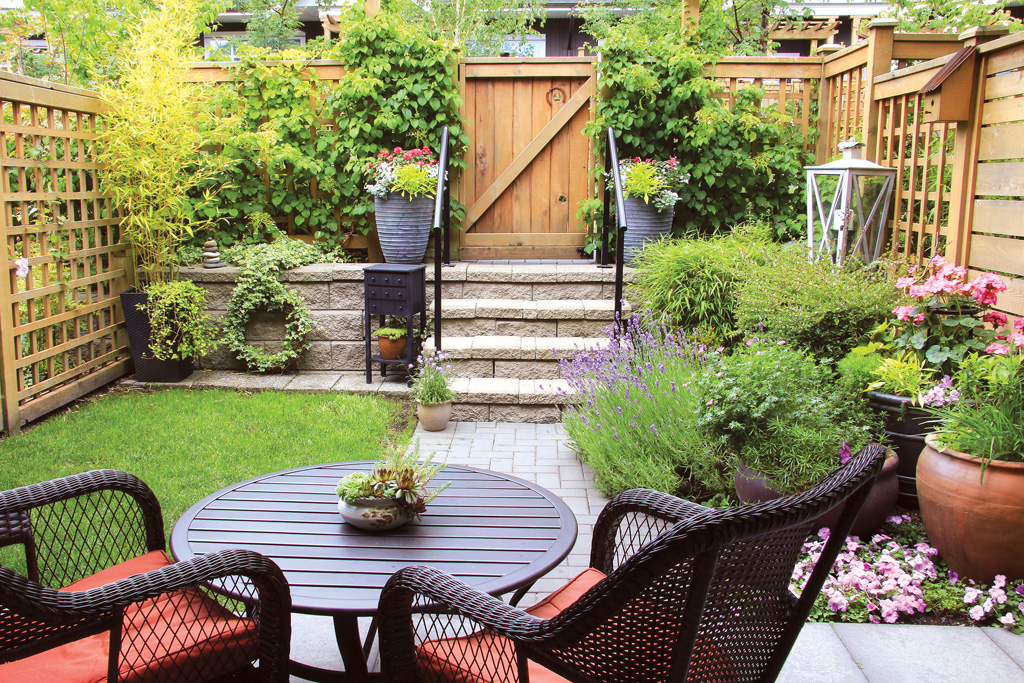By Marilyn Kennedy Melia
CTW Features
Land. They’re not making more of it.
But that may not matter much to many of today’s homebuyers or owners.
U.S. Census figures peg the median lot size for a new single-family detached home at 8,600 square feet, a record low (an acre is 43,560 square feet).
Significant regional differences in lot sizes exist, according to a report from the National Association of Home Builders.
“In general, where land is expensive, it makes sense to squeeze as much home as possible on the smallest lot,” observes Svenja Gudell, economist for Zillow.
The small trend will grow, predicts Gudell, but lot size can’t shrink indefinitely “since there are laws that regulate the distance between homes.”
One reason Americans are willing to sacrifice on lawn is because they want to be close to stores, schools and other destinations. Indeed, real estate firm Redfin has developed a “walk score” that give higher scores to homes near or in cities.
Homes with relatively large lots in high walk score neighborhoods often are older — built before neighboring properties — notes Vickie Melin, Redfin agent in Orange County, California. Sometimes, when those homes sell, they are “teardowns” where builders construct multiple homes. But it’s a mistake to assume that lot size isn’t important to all buyers, Melin says. An older home with a big lot in a walkable neighborhood, for instance, might also be sold at a premium if it’s been renovated and improved.
Research shows consumers also put a high value on “outdoor living,” a trend that may seem as conflicting with smaller lots, says Paul Foresman of Design Basics, Omaha.
But builders and owners have adapted. For instance, notes Foresman, zoning regulations often count covered decks as encroaching upon open lot size requirements, but not uncovered decks or patios, so the latter is popular for outdoor eating and entertaining.
© CTW Features

